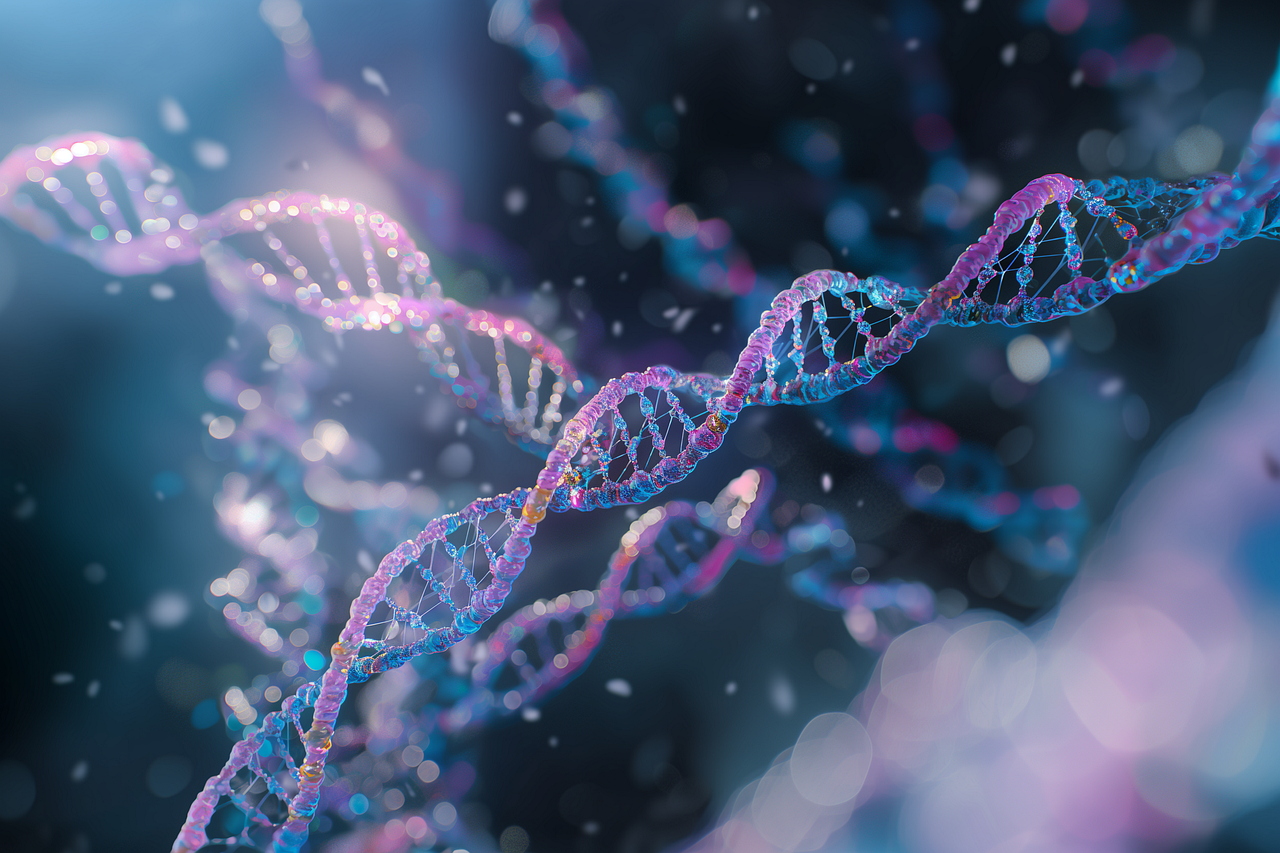From decoding DNA to shaping the digital biology era, Watson’s discovery continues to define modern science
The man who cracked life’s ultimate code is gone. James D. Watson, co-discoverer of the double-helix structure of DNA, has died at 97, leaving behind one of the most transformative scientific legacies in modern history.
Watson’s breakthrough, achieved in 1953 with physicist Francis Crick at Cambridge University, didn’t just reshape biology—it rewrote humanity’s understanding of itself. Their model of DNA as a spiralling ladder of nucleotides revealed the molecular mechanism by which genetic information is stored, copied, and passed on—a concept that would become the foundation for genomics, biotechnology, and the digital era of biology that dominates the 21st century.
The Original Code Revolution
If the 20th century was defined by the rise of computers, Watson’s work ushered in the age of biological information. DNA became the language of life—four simple letters (A, T, C, G) encoding the vast complexity of living systems. From synthetic biology and CRISPR gene editing to ancestry testing and AI-driven drug design, every innovation in modern life sciences traces its roots back to that moment of discovery.
Awarded the 1962 Nobel Prize in Physiology or Medicine alongside Crick and Maurice Wilkins, Watson was more than a scientist—he was a disruptor. His sharp intellect and unconventional style reshaped research culture, championing collaboration, competition, and the thrill of scientific pursuit.
From the Lab to the Genome Era
After his breakthrough, Watson steered the Cold Spring Harbor Laboratory (CSHL) into a global hub for molecular biology. Later, as a key architect of the Human Genome Project, he helped launch the massive international effort to map the entire human DNA sequence—a technological and scientific feat rivalling the space race.
“Watson’s vision was radical for its time,” said Dr. Bruce Stillman, president of CSHL. “He saw biology not as chemistry, but as code—a digital system to be decoded and rewritten. That idea changed everything.”
The Fractured Legacy
Watson’s brilliance was shadowed by controversy. His remarks on race, intelligence, and genetics sparked outrage, leading to his estrangement from much of the scientific community. In recent decades, his public image suffered, but his scientific legacy remains indelible.
Critics and supporters alike agree: Watson helped invent the playbook for modern biotechnology—an intersection of science, computation, and ethics that still challenges the world today.
The Double Helix Lives On
Watson’s 1968 memoir, The Double Helix, remains a must-read for scientists, coders, and entrepreneurs alike—a story of curiosity, competition, and the messy brilliance of innovation.
As AI begins to decode genomes faster than ever before, and synthetic biologists design DNA like software, Watson’s influence feels more relevant than ever. The man who once asked, “What is life?” gave the world its molecular answer—and, with it, a new way to engineer the future.






